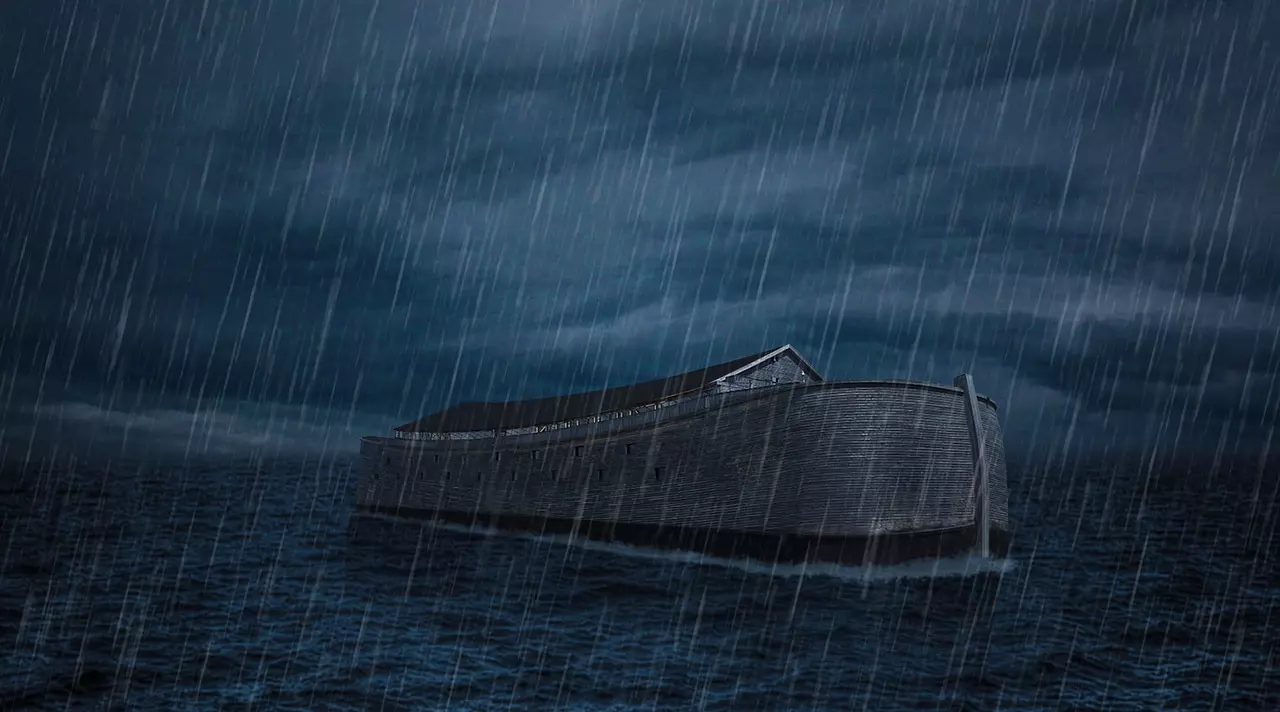Various Thoughts on How to Bring this Historical Event to Life
1. Perhaps you could offer an Essay and Art Contest: What if students submitted journal entries as if they were the young people* on board the Ark?
*If we assume that during this era of greater longevity adolescence might have lasted a bit longer than in the present. Genesis chapter 5 seems to present that many times people would first become parents in their 30s or 40s. So, it might be easy for young people to imagine what it might be like to have been one of the children of Noah, or their mates.
2. Exercise: In groups—talk together about what daily life was like in the years leading up to the Flood, the year during the Flood, and the early years after the Flood.
- Put yourself in the shoes of one of the Eight People who were saved on board the Ark. What were you doing? Were you busy, bored? Sick? Did you eat well?
- Think also about relationships to each other. And what was your faith like?
- Preparing for the Flood, During the Flood, and After the Flood. . .
- What was daily life like in the family of Noah in the early stages of building the Ark (when timbers were first being gathered)? In the late stages of building? In the week-long boarding process?
- Then what was it like after you were on the Ark? Waiting for the first movement of the Ark. . . In the midst of the Flood year, before grounding? What was a routine day like? What was an ‘eventful’ day like? What was it like 10 days after grounding on the mountain?
- What was your relationship to others like? To other brothers? To your mate? To Noah and to your mother? For fun, think about this as someone of opposite gender to you.
- What did YOUR faith look like? What about others? What about when your faith was firm, or when it was wavering? What did you know about Jesus? What were your hopes and expectations?
If you answer all of these questions with just a paragraph or two, you have just written a novel!
Here is the template for the conditions in the world at the time of the Flood:
It was global in extent.
Biblical Evidences:
- Purpose to Destroy All of Mankind (Gen. 6:7, 13)
- Need for the Ark – what was taken? Size & unnecessary if local flood
- Eight People
- Animals –
- Land Animals (Gen. 6:7, 17, 19-20; 7:14)
- Air breathing, breath (Gen. 6:17; 7:15)
- Having Flesh (Gen. 6:17)
- Nostrils (Gen. 7:22)
- Food (Gen. 6:21)
- Time on the Ark—not 40 days. ( 7 days before Gen. 7:11 w. 8:14)
- The Year of the Flood—Chap 7 – 8
- Long time Preparing—120 years?.
- Animals began to come.
- Long time boarding, and waiting. How much longer? 7 days waiting
- Divine protection in the Flood—shut in (7:16), remembered (8:1)
- Sources of the Flood – 7:11-12
- Fountains from beneath
- Windows of Heaven from above (2 Kings 7:2; Isaiah 28:14; Malachi 3:10)
- Rain—40 days non-stop, then off and on.
End of the Flood—Chap 8–9
- Aground with no land in sight
- Finally nearby mountain tops are visible
- Birds are sent until the time of debarking
- May not have been very high above sea level – or not
- Sacrifice and the departure of the animals





